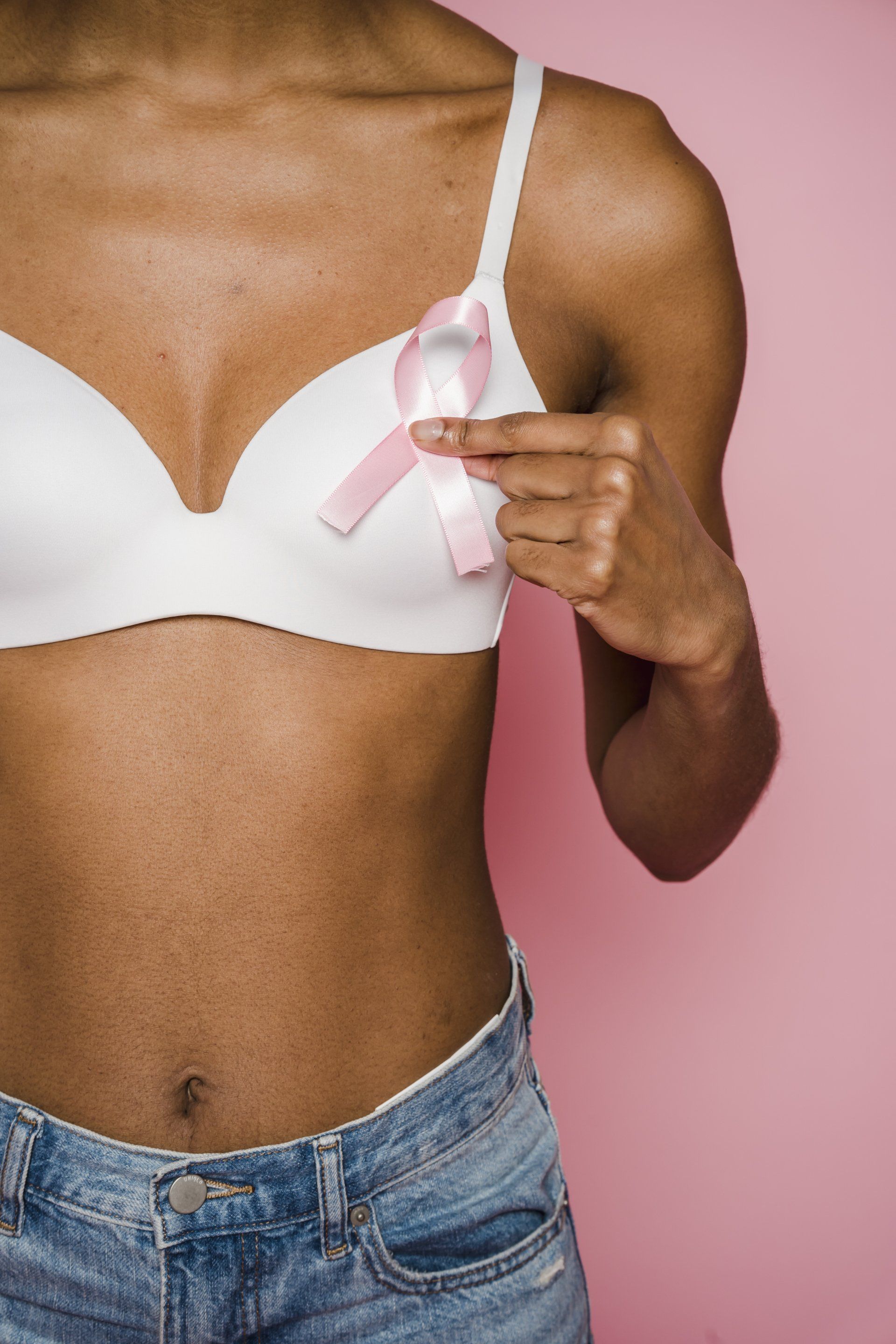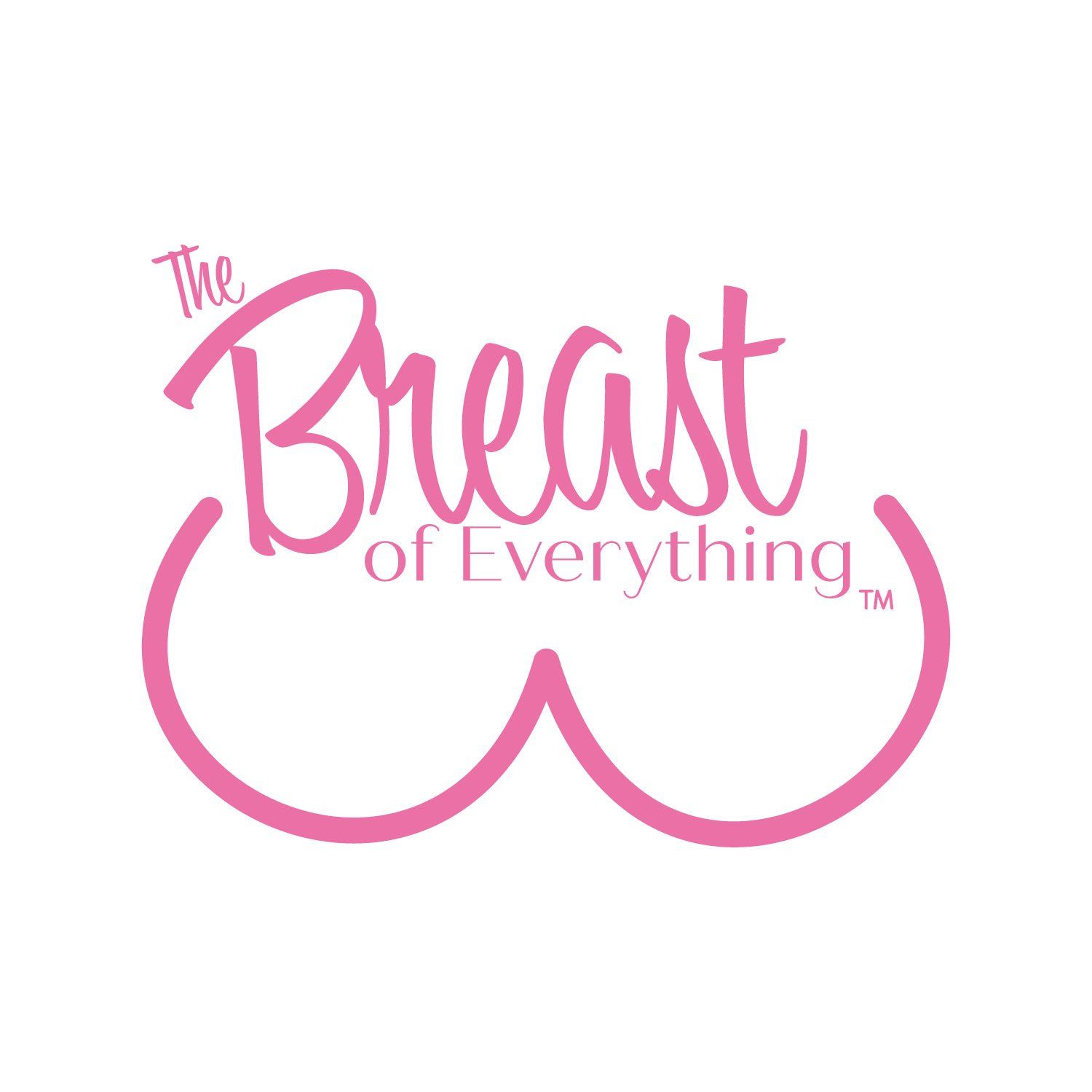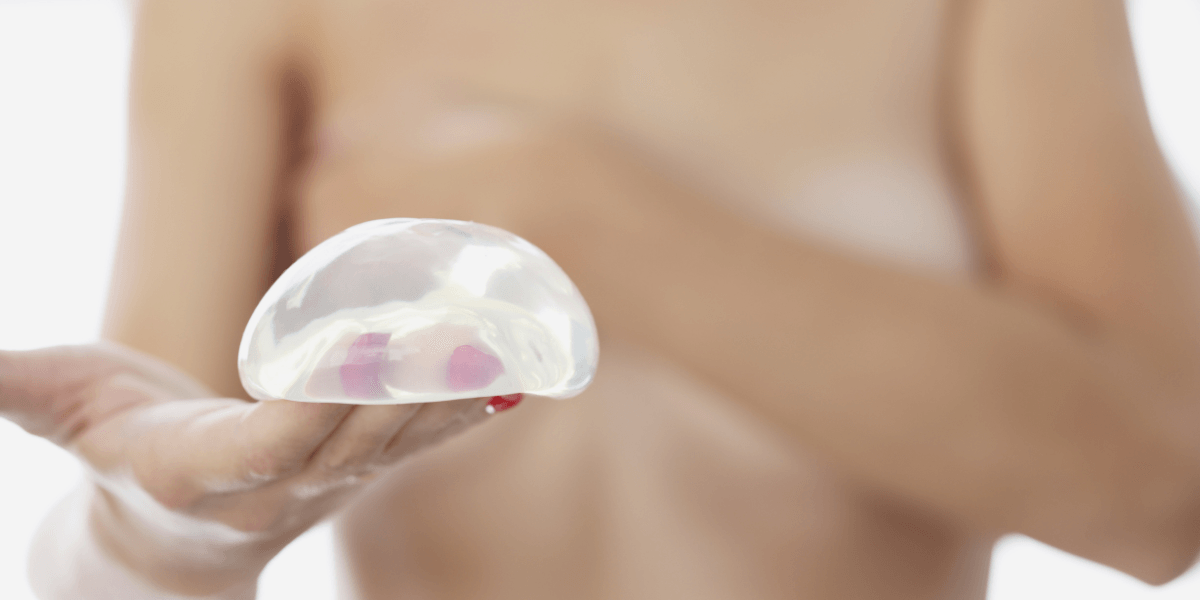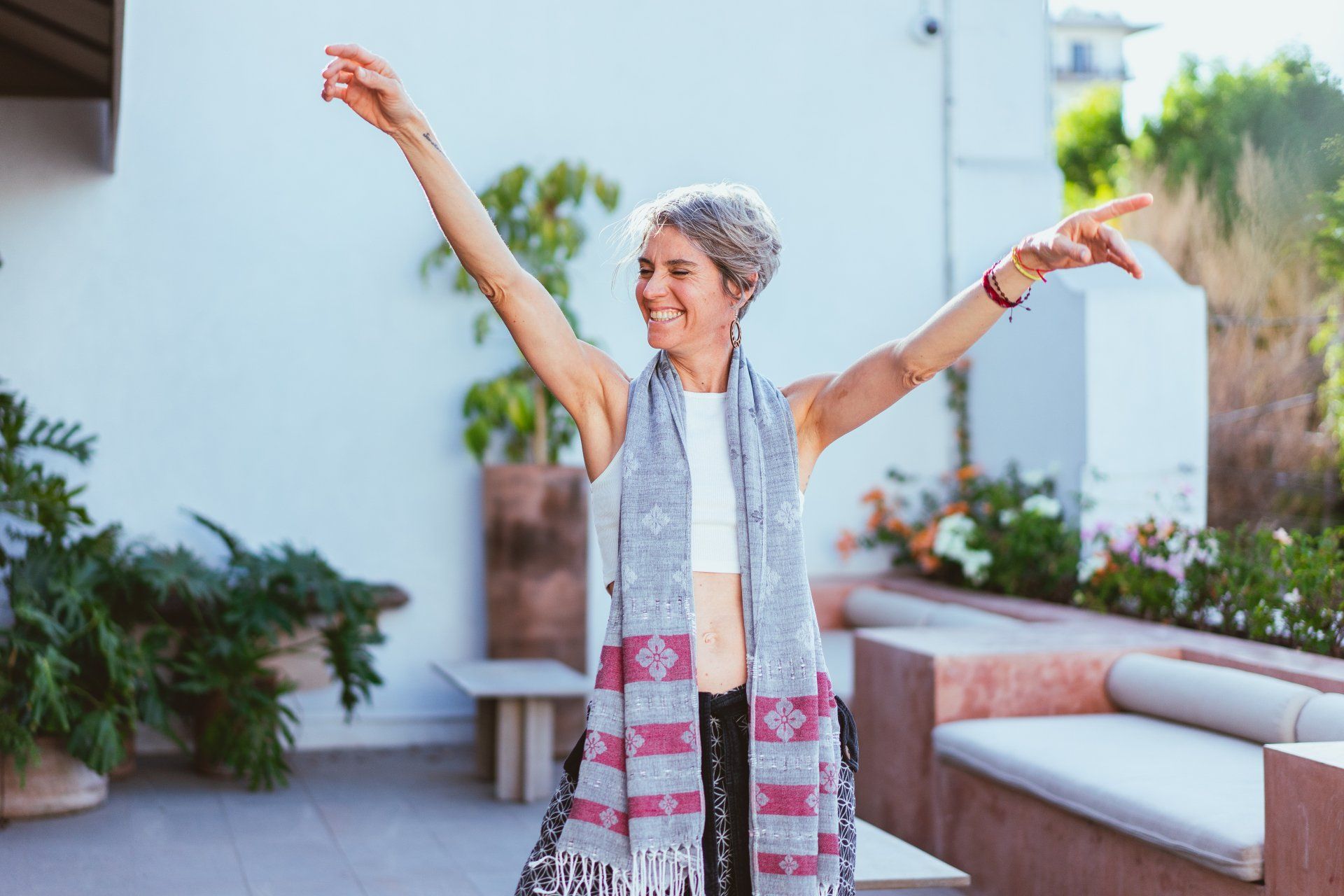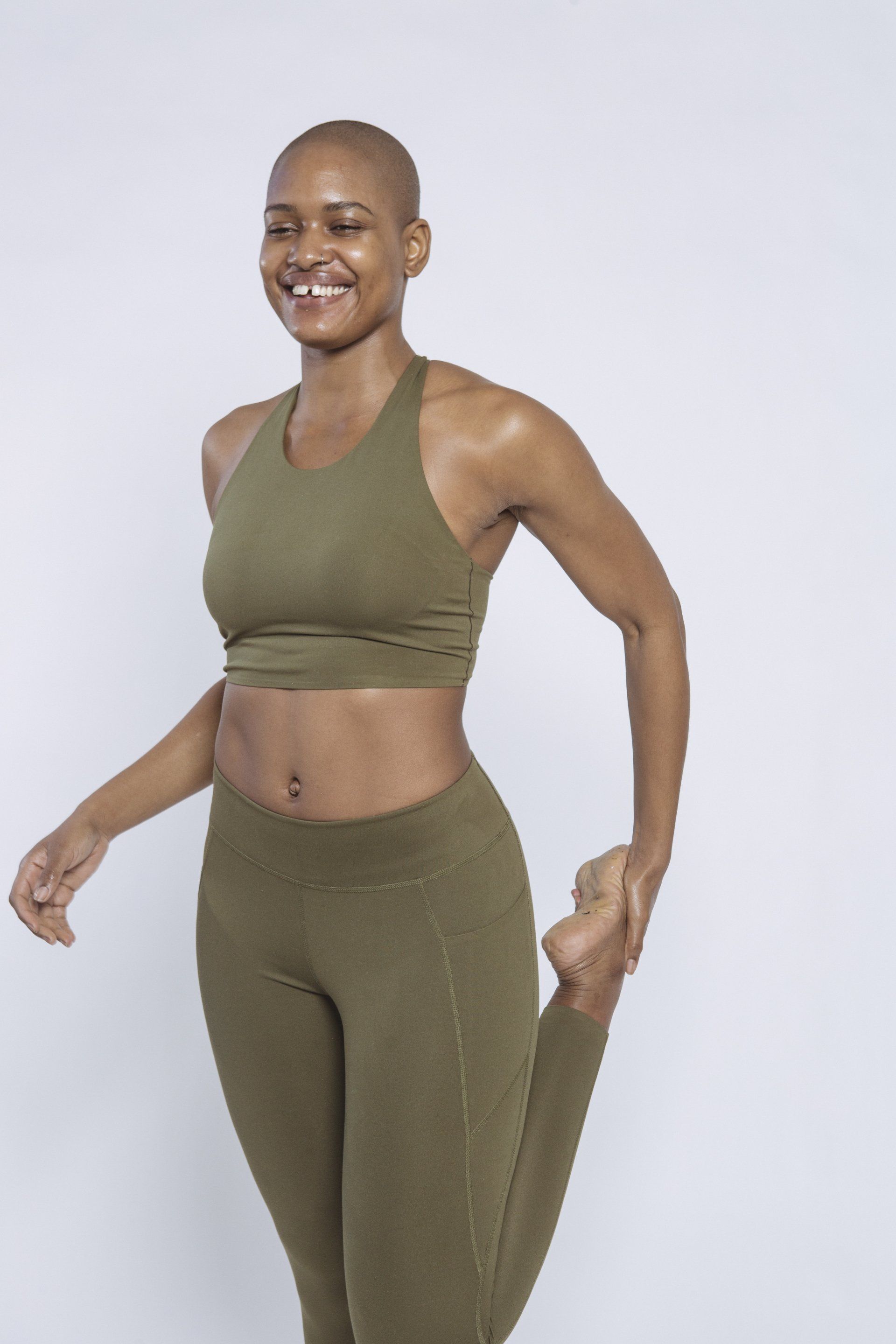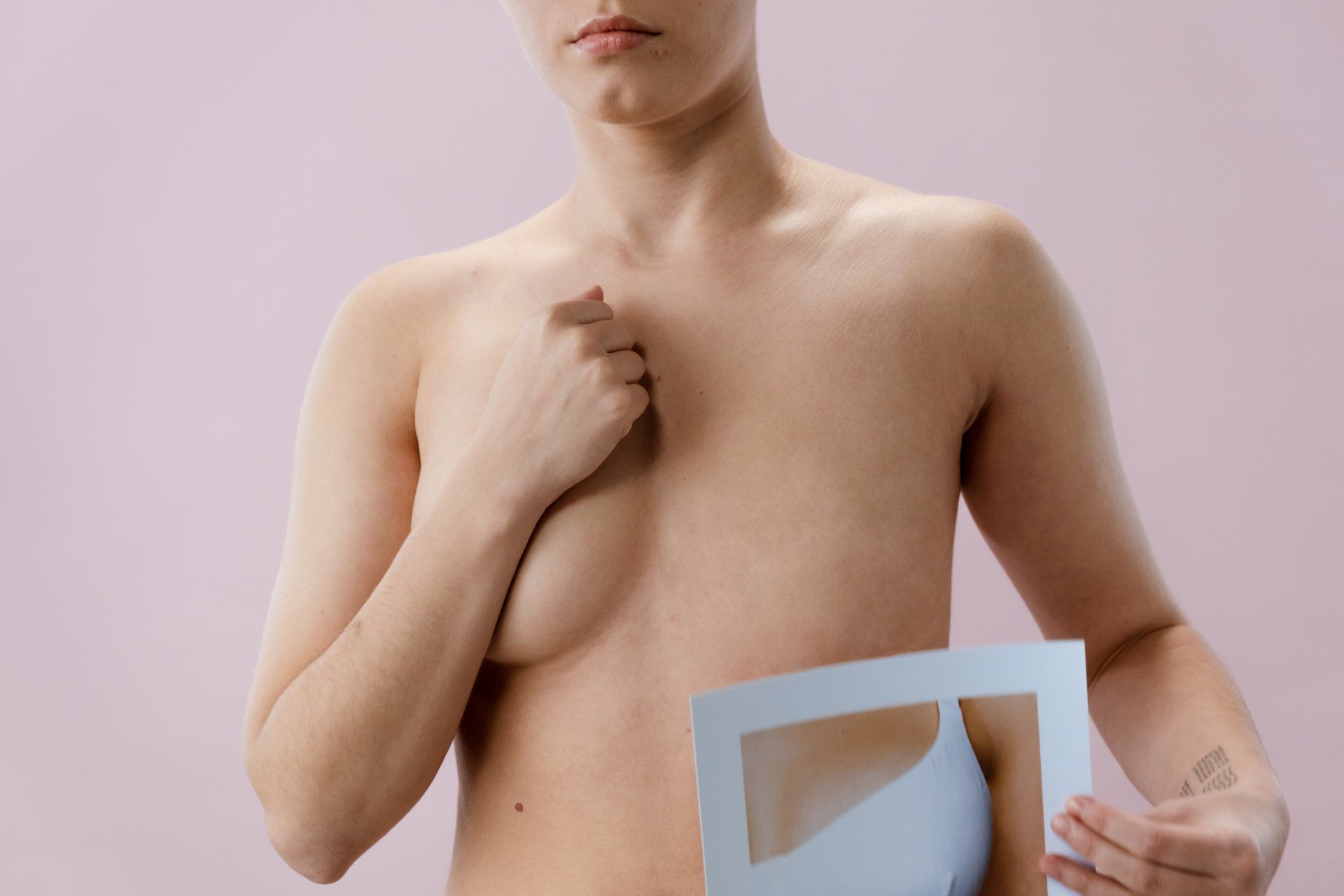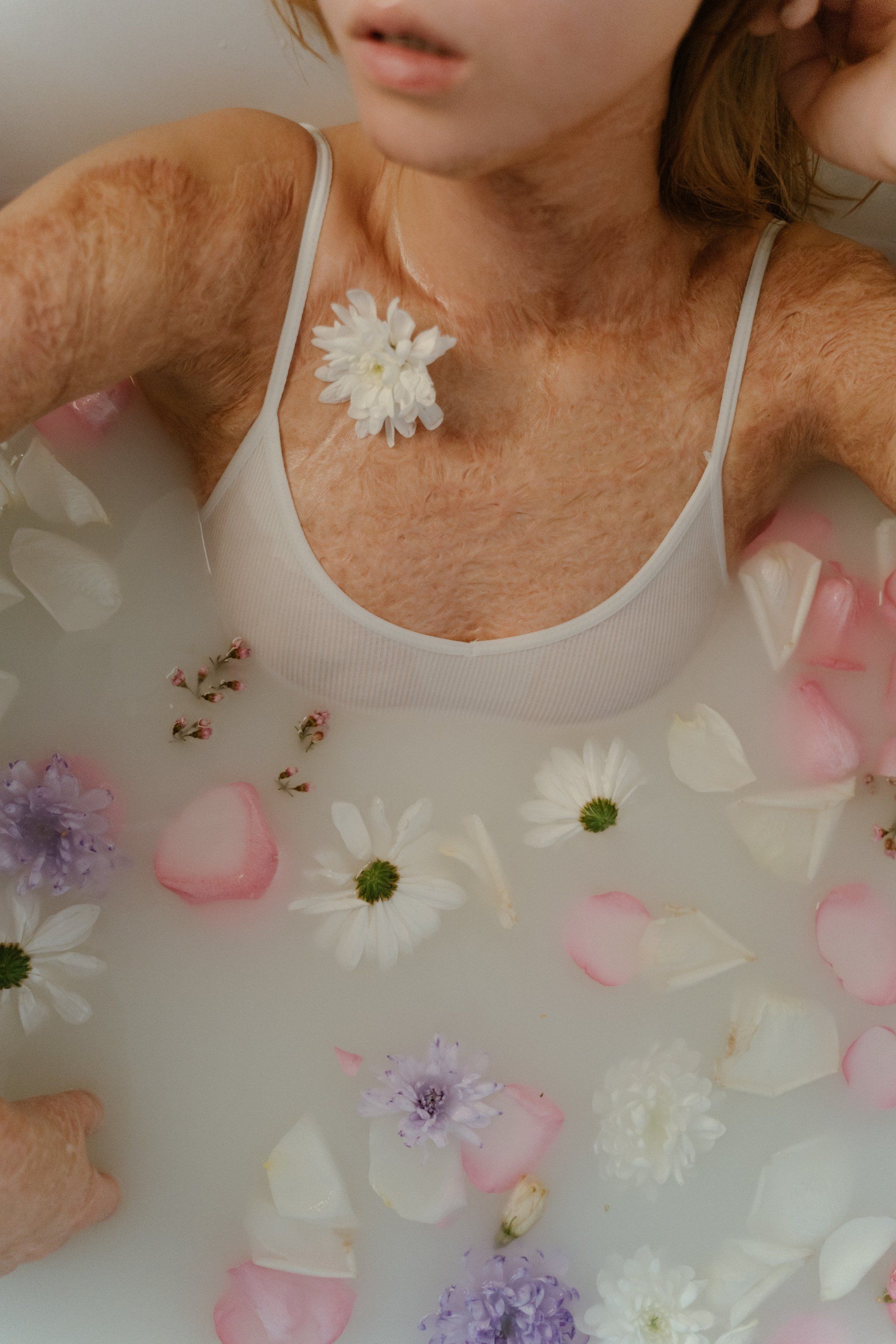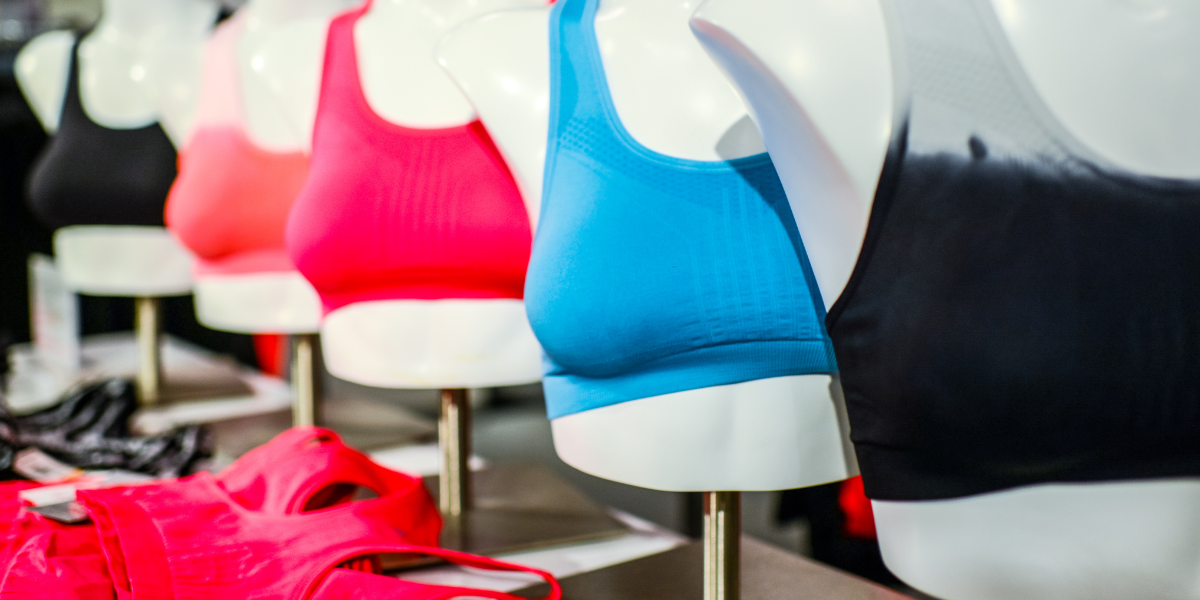9 Healthy Aging Tips
It's no secret that as we age, our bodies change. But that doesn't mean we can't do everything possible to stay healthy and active!
Here are some tips for aging gracefully.
RELATED: 9 Benefits Of Intermittent Fasting: Women Over 50
9 Tips for Aging Healthily and Happily
Drink Plenty of Water and Eat Healthy Foods
Drinking plenty of water and eating healthy foods are two great ways to stay healthy.
Staying hydrated is crucial for keeping your body functioning properly. It helps to flush out toxins, carry oxygen and nutrients to your cells, and keep your joints lubricated. Water also keeps your body temperature regulated, cushions your joints, and aids in digestion.
When you don't get enough water, you can start to feel fatigued, your skin can become dry and wrinkled, and you're more susceptible to illness.
Healthy eating is also key for maintaining good health as you age. Nutrient-rich foods help to keep your energy levels up, your immune system strong, and your minds sharp. Plus, eating healthy foods can help to prevent chronic diseases like heart disease, stroke, and diabetes.
Lean meats, fruits and vegetables, whole grains, and healthy fats are all important components of a healthy diet. In addition, try to limit your intake of sugary drinks, processed foods, and saturated fats. So next time you're feeling thirsty or hungry, reach for some water or a healthy snack instead of something sugary or unhealthy. Your body will thank you!
Get Physically Active
As you age, it’s important to keep up with a regular exercise routine to maintain both physical and mental health.
Research suggests that physical activity has the following benefits for older adults:
- increased strength and flexibility
- improved balance and coordination
- lower risk of falls
- reduced loneliness
- improved energy levels
- reduced risk of developing Alzheimer's disease
Exercise can also help you to maintain a healthy weight and improve brain function.
Furthermore, regular physical activity can help to lower your risk of developing chronic health problems, such as heart disease, stroke, type 2 diabetes, and certain types of cancer.
However, you may become less active as you get older. You may not have the same level of energy or stamina, and you may not feel as motivated to work out.
Fortunately, there are ways to overcome these obstacles and make exercise a part of your healthy aging plan! Here are some tips:
- Set Realistic Goals
If you’re new to exercise, start slowly, and gradually increase your activity level. This will give your body time to adjust to the new activity and reduce the risk of burnout or injuries.
Aim to exercise three times a week for 30 minutes at a time. You can gradually increase the frequency and duration of your workouts as you get more comfortable with exercise.
- Find an Activity That You Enjoy
This will make it more likely that you’ll stick with the activity in the long-term. Try different types of exercises until you find one that suits you.
There are all sorts of different exercises out there, so there's bound to be something that appeals to you.
If you're a fan of team sports, there are plenty of options to choose from, whether it's basketball, soccer, or football. If you prefer individual activities, you could try running, biking, swimming, or even hiking. And if you're looking for something a little less traditional, there are plenty of options as well, from dance classes to martial arts.
No matter what your interests are, there's sure to be an exercise that's right for you!
- Incorporate Exercise into Your Daily Routine
Taking the stairs instead of the elevator, or going for a walk during your lunch break, are all simple ways to add in some extra activity. You can also try parking farther away from your destination, or getting off the bus a stop early and walking the rest of the way.
Every little bit counts, and these small positive changes can gradually help you build up your fitness level.
- Be Patient
Don’t expect to see results overnight—it takes time to build up strength and endurance. But if you stick with it, you’ll soon notice a difference in how you feel both physically and mentally.
It’s never too late to start reaping the health benefits of exercise—adults of all ages can benefit from an active and healthy lifestyle!
If you're not sure where to start, talk to a health care professional or a certified personal trainer. They can help you create a safe and effective workout plan that meets your individual needs.
Get Plenty of Sleep
Everyone knows that getting a good night's sleep is important, but as you age, it becomes even more critical to your health.
When you sleep, your body is able to rest and rejuvenate. This means that your cells have time to repair themselves, and your immune system has a chance to recover from the day's stressors. Getting quality sleep also helps to improve your mood, memory, and concentration.
According to National Sleep Foundation, adults need seven to eight hours of sleep each night. However, this number may vary depending on your age, activity level, and overall health. Not getting enough sleep can lead to a higher risk of developing a number of health conditions, including weight gain, depression, heart disease, and digestive and kidney diseases.
To make sure you're getting enough shut-eye, try the following tips:
- Create a Bedtime Routine
Establishing a regular bedtime routine can help signal your body that it's time to wind down for the night. This could involve taking a warm bath, reading a book, or doing some light stretches.
- Turn off Electronics
The bright screens of phones, laptops, and TVs can trick our brains into thinking it's still daytime, making it harder to fall asleep.
In addition, the blue light emitted by electronics can suppress the production of melatonin, a hormone that helps to regulate sleep. So if you're hoping to get a good night's rest, make sure to turn off all electronics at least an hour before bedtime.
- Create a Relaxing Environment
Make sure your bedroom is dark, quiet, and cool—a space where you can truly relax and get some rest. You may also want to invest in a comfortable mattress and black-out curtains to further improve your sleep environment.
- Avoid Alcohol and Caffeine before Bedtime
Most people know that caffeine and alcohol consumption can lead to sleepless nights. But did you know that they can also interfere with the quality of your sleep?
Alcohol may help you fall asleep more quickly, but it prevents you from reaching the deepest stages of sleep. As a result, you may wake up feeling groggy and unrested.
Caffeine, on the other hand, can stay in your system for hours after you've consumed it.
So if you're trying to get a good night's sleep, it's best to avoid both alcohol and caffeine in the hours leading up to bedtime. Instead, try drinking herbal tea before turning in for the night.
If you're still having trouble sleeping, talk to your doctor. They may be able to recommend some lifestyle changes or prescribe medication to help you get the rest you need.
RELATED: Atypical Ductal Hyperplasia: What You Need To Know
Manage Stress
Stress is a normal part of life, but it can have a negative impact on your physical and mental health if you don't manage it effectively.
When you're stressed, your body goes into "fight or flight" mode, releasing hormones like cortisol that can lead to high blood pressure and increased heart rate.
Over time, chronic stress can lead to an increased risk of developing health problems like heart disease, obesity, and depression. That's why it's so important to find ways to relax and lower stress.
Some relaxation techniques to reduce stress include exercise, meditation, and spending time in nature. Taking regular breaks during the day to stretch or take a walk can also help to relieve tension.
By making relaxation a priority, you can help protect your health as you age.
Quit Smoking
According to Centers for Disease Control and Prevention (CDC), smoking is a leading cause of medical conditions that are more common in older adults, including heart disease, stroke, and lung cancer. Quitting smoking can reduce your risk of these diseases, and it can also help improve your overall health and wellbeing.
If you’ve been smoking for a long time, it can be difficult to kick the habit, but it’s worth it! Luckily, there are a few things you can do to increase your chances of success when quitting smoking.
First, try to find a support group or program to help you through the process. Additionally, make sure to set a quit date and stick to it.
If you can follow these health tips, you'll be well on your way to kicking smoking for good!
Take Care of Your Skin
As you age, your skin changes. It becomes thinner and less elastic. You may develop age spots, wrinkles, and other skin problems.
To prevent premature aging and keep your skin looking its best as you age, it's important to take care of it. Here are some tips for healthy aging skin care:
- Use Sunscreen Every Day, Even When It’s Cloudy
Be sure to choose a sunscreen that has an SPF of 30 or higher and provides broad-spectrum protection from both UVA and UVB rays. Don't forget to reapply sunscreen every two hours, or more often if you're swimming or sweating.
- Wear Protective Clothing When You’re Outdoors
Long-sleeved shirts, long pants, and a wide-brimmed hat can help protect your skin from the sun’s harmful rays. If you'll be outdoors for an extended period of time, seek shade whenever possible.
- Moisturize Regularly
Look for a moisturizer that contains ingredients like hyaluronic acid or glycerin, which can help to bind moisture to your skin. Apply moisturizer twice a day, once in the morning and once at night.
- Cleanse Your Skin Gently Every Day
Avoid harsh cleansers that contain sulfates or other harsh chemicals. Instead, opt for a gentle cleanser that will remove dirt and makeup without stripping away your skin's natural oils.
Keep a Positive Outlook on Life
It’s easy to focus on the negative—on the aches and pains that come with age, on the friends and loved ones you’ve lost, on the things you can no longer do. But if you dwell on these things, you miss out on all the good that is still in your life.
Instead, focus on the things that make you happy—your family, your friends, your hobbies. Make an effort to enjoy each day, even when it’s not perfect.
Be socially active and connect with friends and family members, even if it's just through social media or a phone call. Volunteer your time and talents to a worthy cause. Engage in social and leisure activities. And when you do start to feel down, don't be afraid to ask for help from those who love you.
There are also a lot of small things you can do to stay feeling your best as you get older. Some federal government websites, including the Office of Disease Prevention and Health Promotion, as well as National Institute on Aging, are a great resource for information on how to age healthily. They provide initiatives, such as symposium sessions, and other resources on a variety of topics related to healthy aging.
Keeping a positive outlook may not make all of your problems go away, but it will help you face them with strength and courage. And that's what healthy aging is all about.
See Your Doctor Regularly
One of the best things you can do for your health as you age is to see your doctor for regular checkups and screenings. These help to catch potential health problems early, when they are more likely to be treatable.
During a checkup, your doctor will ask about your medical history and any changes in your health, and will also perform a physical exam.
Screenings can help to detect conditions such as cancer, heart disease, and diabetes. They may involve simple tests, such as blood pressure checks or blood sugar level tests.
It’s also important to stay up-to-date on vaccinations, especially as you age. Vaccinations can help to protect you from serious illnesses such as influenza (flu) and pneumonia.
Talk to your doctor about which vaccines are recommended for you.
Take Anti-aging Vitamins and Supplements
HGH, or human growth hormone, is the master hormone that drives the growth and development of the body. It causes the liver to produce powerful insulin-like growth factors (IGF), which contribute to the maintenance of lean body mass and the health of the body's vital organs.
Research has proven that HGH-secreting cells of the pituitary gland do not die. They maintain their ability to make significant amounts of natural growth hormone. As part of the aging process, less HGH circulates through the body, because the pituitary gland is not stimulating its production. A secretagogue enhancer stimulates the pituitary to naturally produce and secrete HGH, raising the level of this valuable hormone within the body. Ultra Prime serves as a trigger to safely and naturally stimulate the pituitary gland.
The scientifically based formulation in Ultra Prime™ features potent amino acids and nutrients that are combined in a precise peptide formulation with other biologically active nutrients. When it is taken as directed, these ingredients will work synergistically as a powerful secretagogue to effectively raise HGH levels. Powerful amino acids such as L-Glutamine, L-Arginine, L-Lysine, Glycine and Colosotrum, which have been shown to increase HGH levels, and nutrients from Prime Factor, are combined in a precise peptide formulation with other biologically active proteins to effectively raise HGH levels.
Ultra Prime is a natural secretagogue that works as an HGH releaser, raising HGH levels in an entirely physiological manner. It gently stimulates, the endocrine system to produce and release its own HGH naturally. It works with the body, and not against it. The ingredients produce a synergistically to maximize the effectiveness of the potent amino acids and active nutrients. Ultra Prime will work to maintain the body’s equilibrium. You can now give your body a firm metabolic push in the right direction so it can help itself.
Final Thoughts
The aging process is inevitable, but that doesn't mean you can't age gracefully. These tips will help you to keep a healthy body and mind as you get older. And remember, it's never too late to start building healthy habits and making healthy choices. So make the decision today to live a healthier life!
Up Next:
- How To Prepare For A Mammogram: Your Ultimate Guide
- Menopause Support Groups: How To Find The Right Community For You
- What Are the 34 Symptoms of Menopause?
